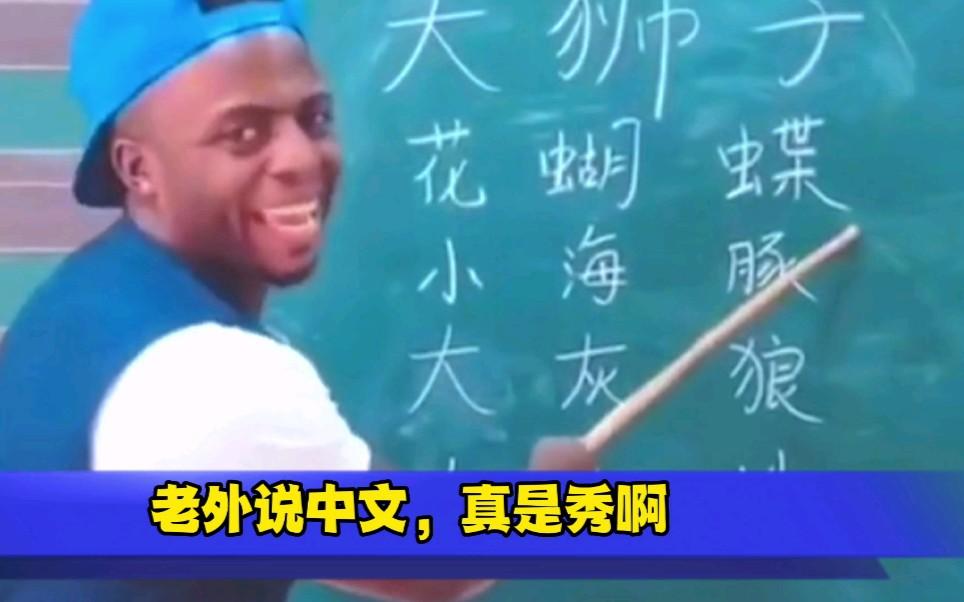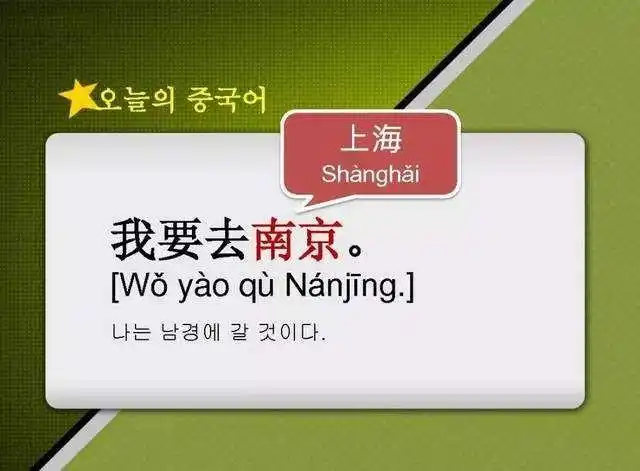In April 2024, the U.S. Congress passed a bill requiring ByteDance to sell TikTok’s U.S. operations within 270 days or face a nationwide ban, with a deadline set for January 19, 2025. On December 6, a court upheld the ruling, prompting users to seek alternatives as the situation grew uncertain. Xiaohongshu (Little Red Book), a Chinese social platform blending Instagram-like lifestyle sharing with Pinterest-style e-commerce, emerged as the top choice, boasting a massive user base and a sharp algorithm.
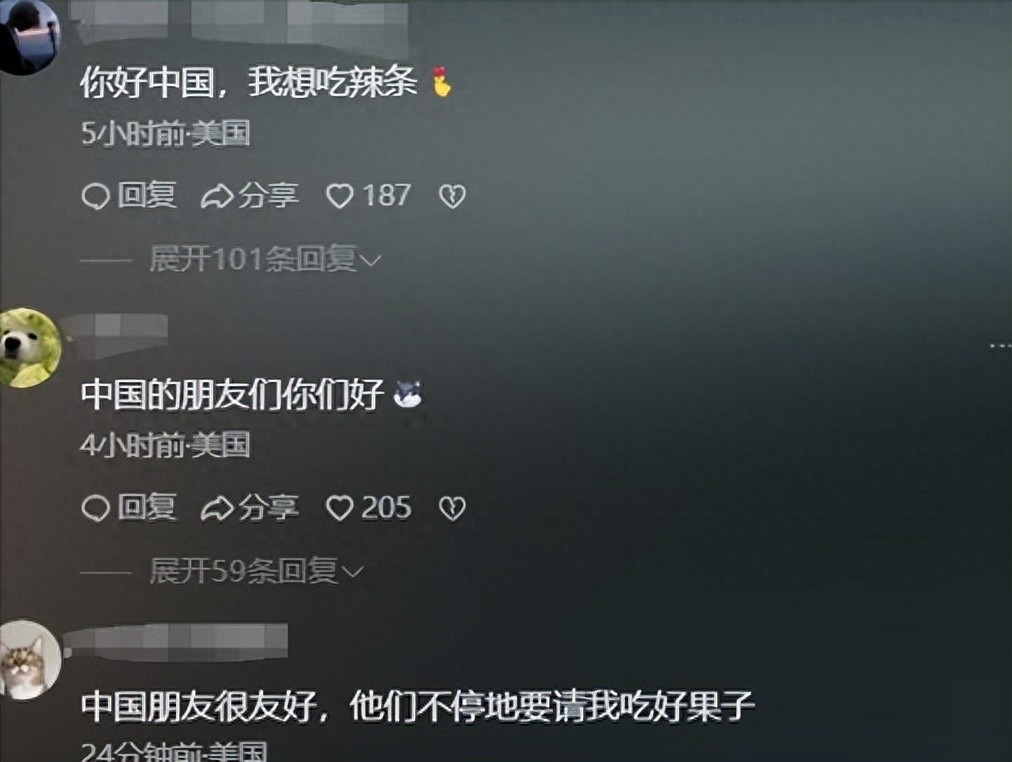
Xiaohongshu’s downloads surged starting in December 2024, hitting the top spot on the Apple Store’s free app chart by January 15, 2025. The share of U.S. users jumped to 22%, with installations skyrocketing 20-fold in a month. According to Sensor Tower, downloads spiked from January 8 to 14, with users calling themselves “TikTok refugees” posting introductions tagged #TikTokRefugees. Over 58,000 such posts flooded the platform, and livestreams like “TikTok Refugee Home” drew 727,000 participants. Chinese users welcomed the newcomers, jokingly asking them to pay a “cat tax”—sharing pet photos as an “entry fee.”
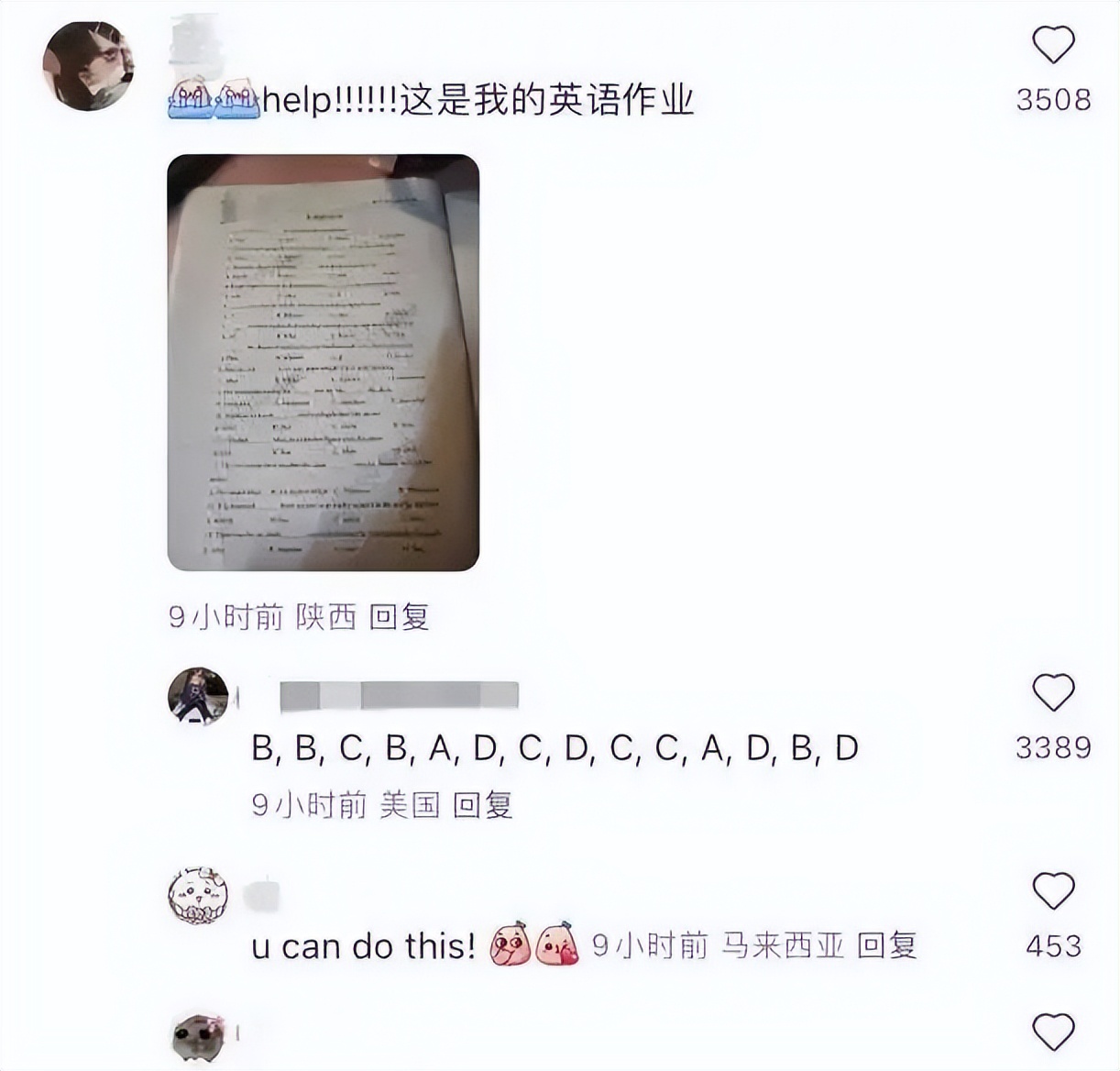
These American users hit a language barrier right away, as Xiaohongshu’s interface defaults to Chinese. While translation tools helped, they weren’t seamless, pushing many to start learning Mandarin. Duolingo reported a 216% surge in U.S. users studying Chinese in January 2025 compared to the previous year, with 11.3 million new learners. Google searches for “learn Mandarin” also spiked. On TikTok, users shared videos teaching how to navigate Xiaohongshu while picking up basic Chinese phrases. Duolingo capitalized on the trend, posting a video of its green owl mascot “flying to China” to learn Mandarin, racking up over 620,000 likes. Another video teaching “TikTok refugees” Chinese garnered over 500,000 likes. Language school enrollments rose, and Mandarin course downloads on apps soared, as users found basic Chinese skills helped them browse posts and comment more effectively.
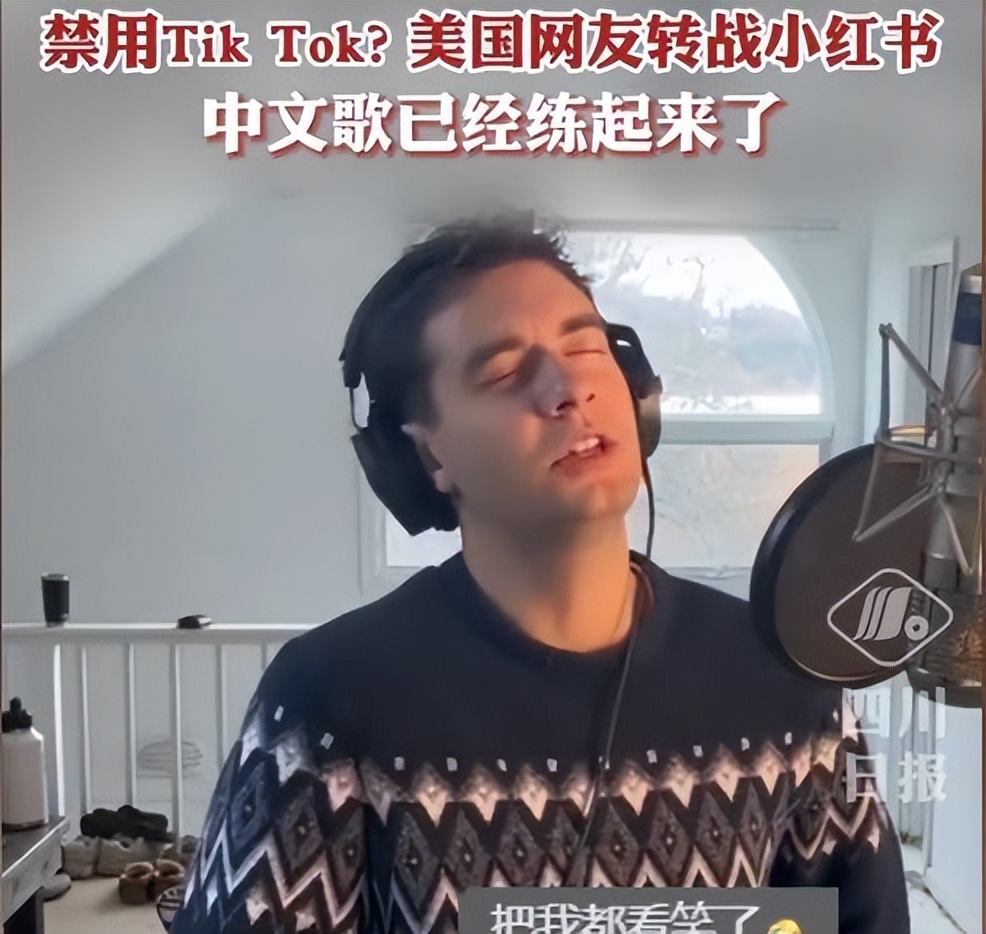
Interactions between U.S. and Chinese users on Xiaohongshu were lively. Americans shared daily life snippets, while Chinese users responded with local insights. Salary comparisons became a hot topic—U.S. users noted higher average wages but highlighted steep living costs, with rent eating up half their income and utilities taking another chunk. Chinese users shared that local expenses were relatively lower. Healthcare discussions also surfaced: Americans described ambulance rides costing thousands, leaving low-income folks in debt, with free services often delayed. Chinese users countered that local healthcare coverage was broader. Questions about dishwashing wages popped up too—U.S. users debunked claims of $15/hour, saying many work multiple jobs to get by. Chinese users asked for details, playfully offering to “hook them up” with jobs.

Cultural exchange was a highlight. Americans helped Chinese users with English homework, despite occasional mistakes, and everyone had fun. Chinese users taught Americans how to use the platform and even gave them Chinese names. Xiaohongshu’s CEO posted a welcome video, saying English was fine and promising more inclusive features. Users swapped cat photos and discussed holiday traditions. Americans posted hand-drawn Chinese-inspired art for feedback, while Chinese users shared local customs. The platform’s algorithm served up content highlighting lifestyle differences, breaking down stereotypes. Many Americans admitted their prior information sources were limited, finding direct engagement refreshing.
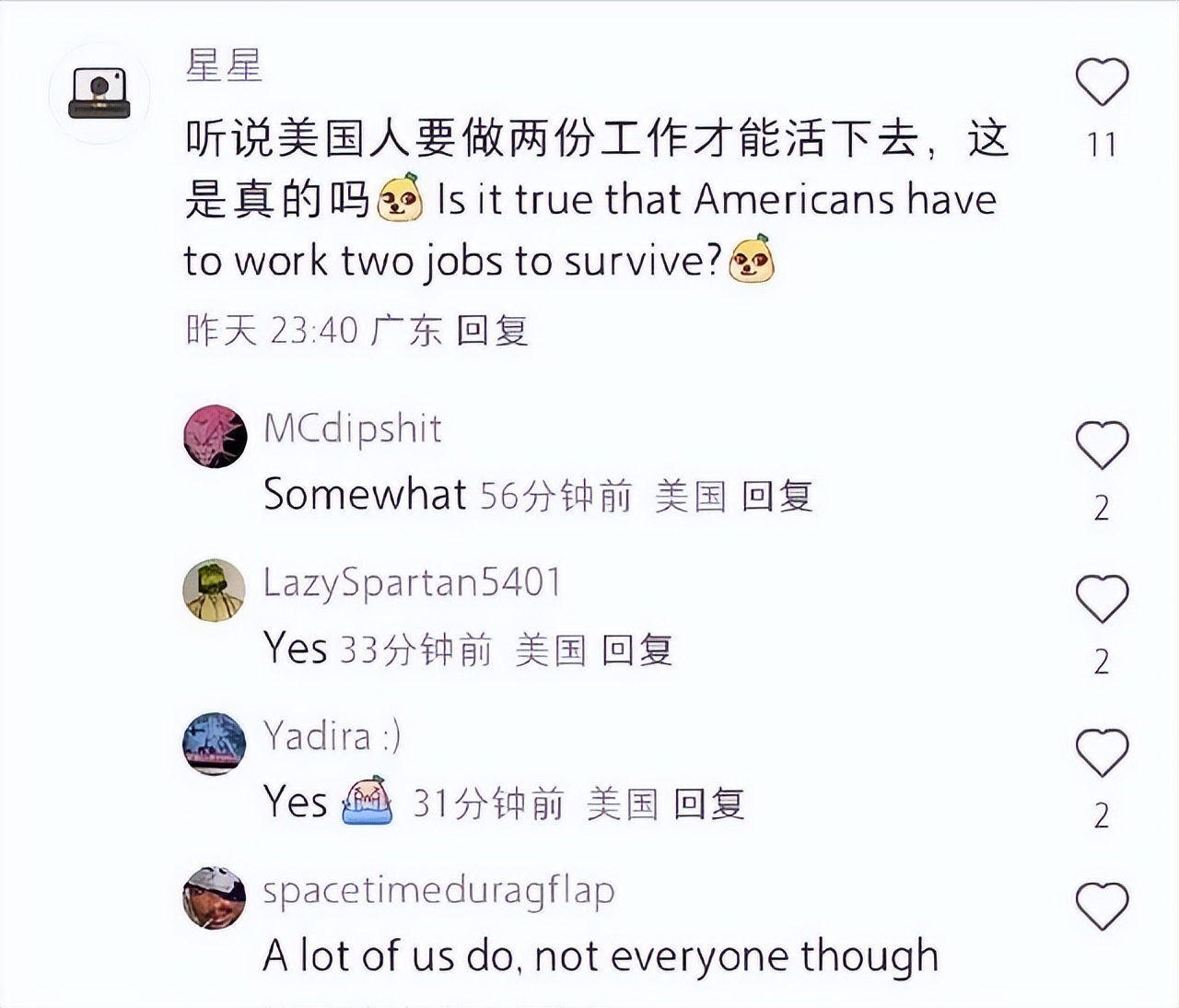
The TikTok ban saga took twists. Set to take effect on January 19, 2025, it was delayed by President Trump’s executive order on January 20, extending the deadline 75 days to April 5. Users breathed a sigh of relief, with some returning to TikTok, but Xiaohongshu’s activity held strong. Trump extended the deadline again, pushing it 90 days to June 19. As of September 12, 2025, the ban remains in limbo, with users active on both platforms. Xiaohongshu’s overseas user base stabilized, with discussions expanding from daily life to tech trends like AI.

This Chinese-learning wave isn’t a passing fad. Data shows sustained interest, with Duolingo’s January peak holding steady through February to September. Users find Chinese practical—not just for Xiaohongshu but for understanding Chinese culture. Media reports suggest this reverses a decade-long decline in U.S.-China exchanges, with American students visiting China dropping from 15,000 to 700. Digital platforms are now bridging that gap. Experts see more opportunities than risks, fostering cross-cultural understanding.
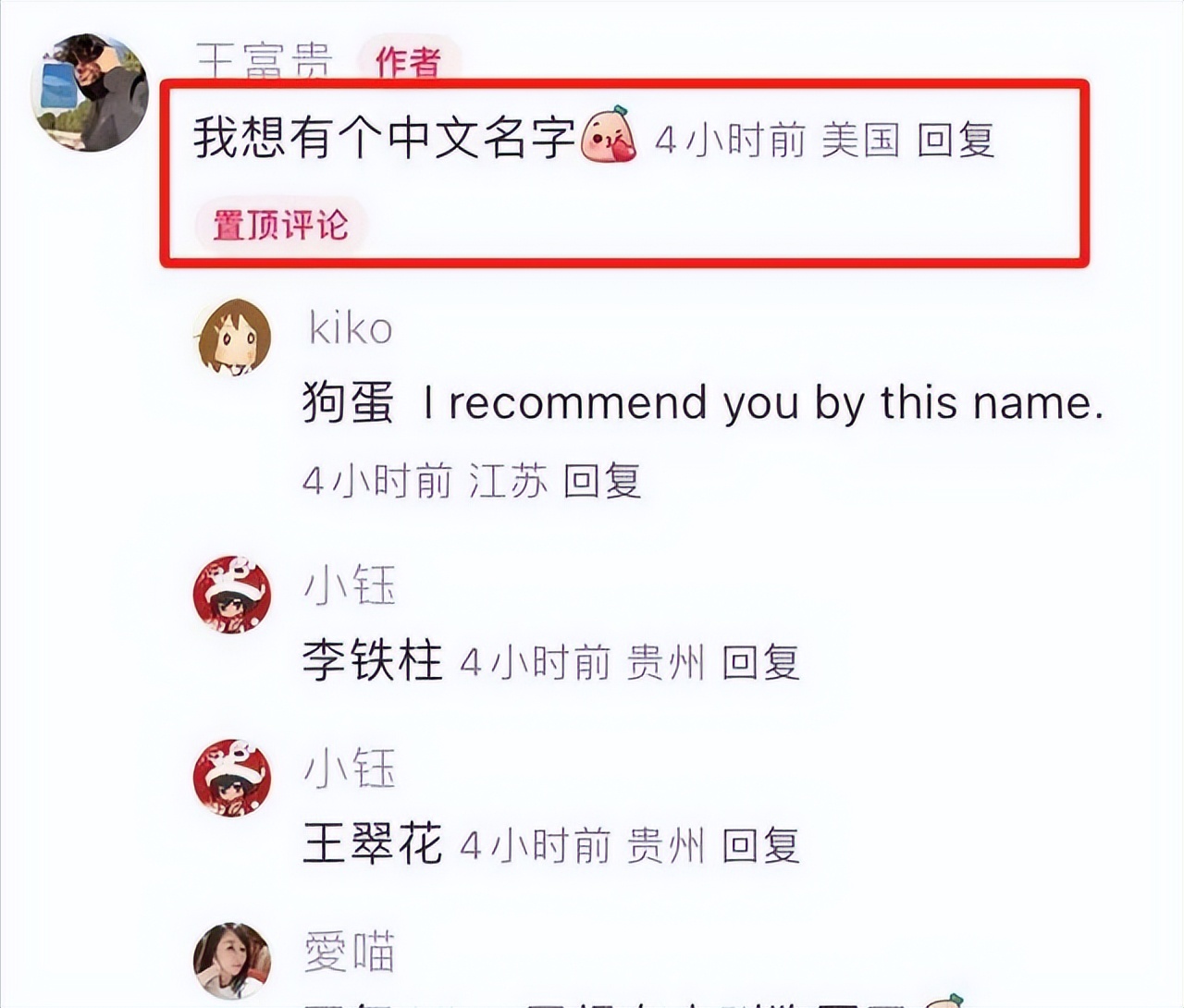
Xiaohongshu has evolved from a Chinese-centric platform into a global bridge, with over 200 million users and 1.2 million overseas downloads. Unlike ByteDance’s separate TikTok and Douyin apps, Xiaohongshu’s unified platform lets users from both countries connect directly. Conversations range from salaries and healthcare to travel plans, with Americans asking about Chinese attractions and Chinese users sharing photos. Language learning is key, with users practicing pronunciation and writing characters via apps and platform support groups.
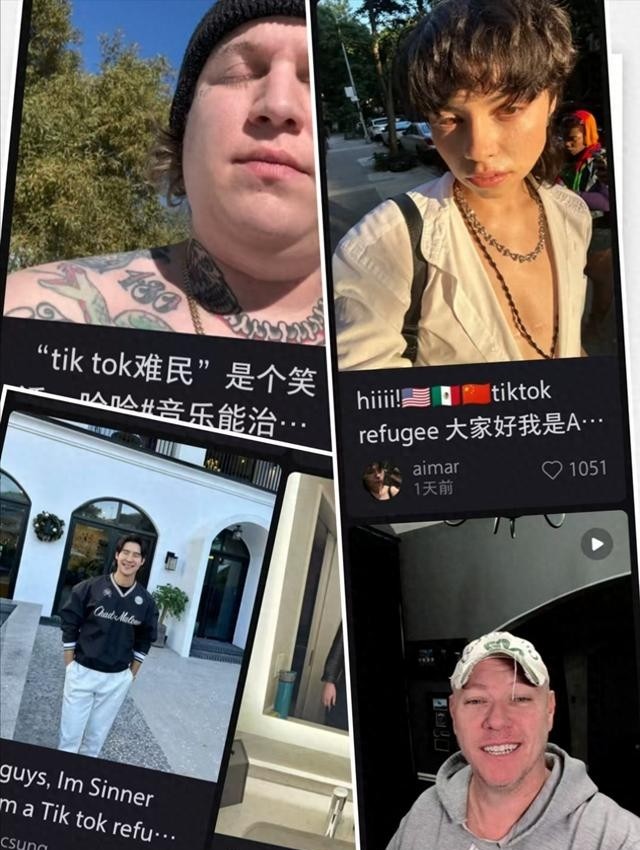
The irony is thick: the U.S. aimed to ban TikTok over data concerns, only for users to flock to another Chinese app and dive deeper into Chinese culture by learning the language. Government fears of “national security” overlooked user demand. Netizens proved that the drive for free expression can’t be stopped—they found new paths. Direct exchanges debunked misconceptions, showing Americans a different reality about China. This interaction broke information silos, fostering peaceful connections.





